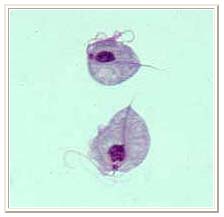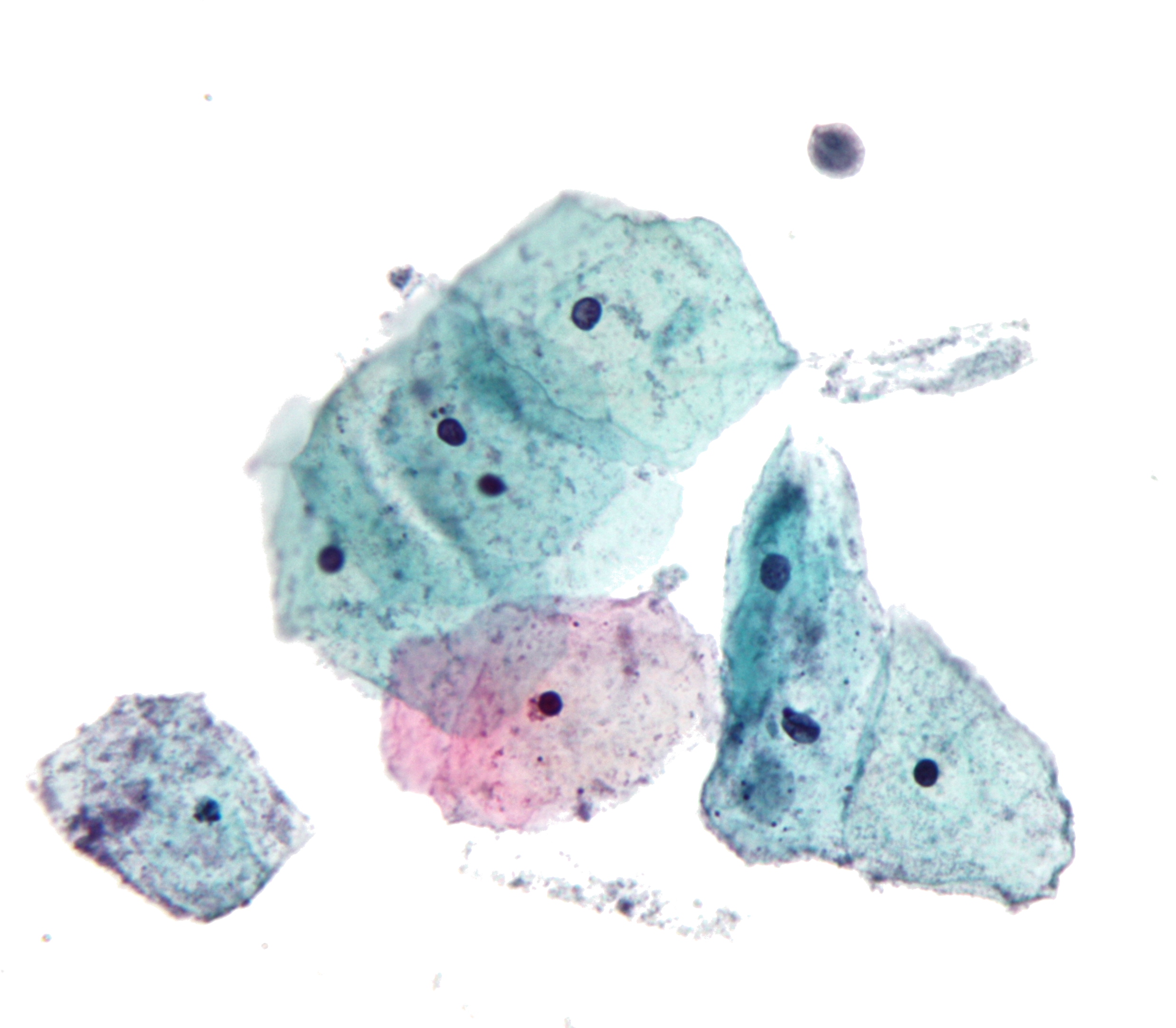Trichomoniasis laboratory findings
|
Trichomoniasis Microchapters |
|
Diagnosis |
|
Treatment |
|
Case Studies |
|
Trichomoniasis laboratory findings On the Web |
|
American Roentgen Ray Society Images of Trichomoniasis laboratory findings |
|
Risk calculators and risk factors for Trichomoniasis laboratory findings |
Please help WikiDoc by adding more content here. It's easy! Click here to learn about editing.
Editor-In-Chief: C. Michael Gibson, M.S., M.D. [1]
Overview
Diagnosis of vaginal trichomoniasis is usually performed by microscopy of vaginal secretions, but this method has a sensitivity of only approximately 60%-70% and requires immediate evaluation of wet preparation slide for optimal results.
Laboratory Findings
Trichomoniasis is diagnosed by visually observing the trichomonads via a microscope. In women, the examiner collects the specimen during a pelvic examination by inserting a speculum into the vagina and then using a cotton-tipped applicator to collect the sample. The sample is then placed onto a microscopic slide and sent to a laboratory to be analyzed. Trichomoniasis has been difficult to diagnose due to the poor sensitivity of the tests; in 2011 a study reported a more reliable test.[1]
In men, wet preparation is insensitive, and culture testing of urethral swab, urine, and semen is required for optimal sensitivity. No FDA-cleared PCR test for T. vaginalis is available in the United States, but such testing might be available from commercial laboratories that have developed their own PCR tests. [2][3]
| Trichomonas vaginalis | Pap smear |
|---|---|
 |

|
Two trophozoites of Trichomonas vaginalis obtained from in vitro culture. Smear was stained with Giemsa.[4]
References
- ↑ Andrea SB, Chapin KC (2011). "Comparison of Aptima Trichomonas vaginalis Transcription-Mediated Amplification Assay and BD Affirm VPIII for Detection of T. vaginalis in Symptomatic Women: Performance Parameters and Epidemiological Implications". J Clin Microbiol. 49 (3): 866–9. doi:10.1128/JCM.02367-10. PMID 21248097. Lay summary.